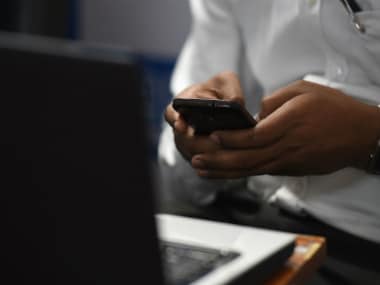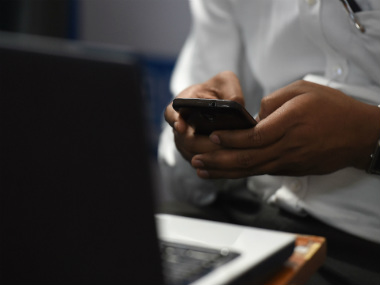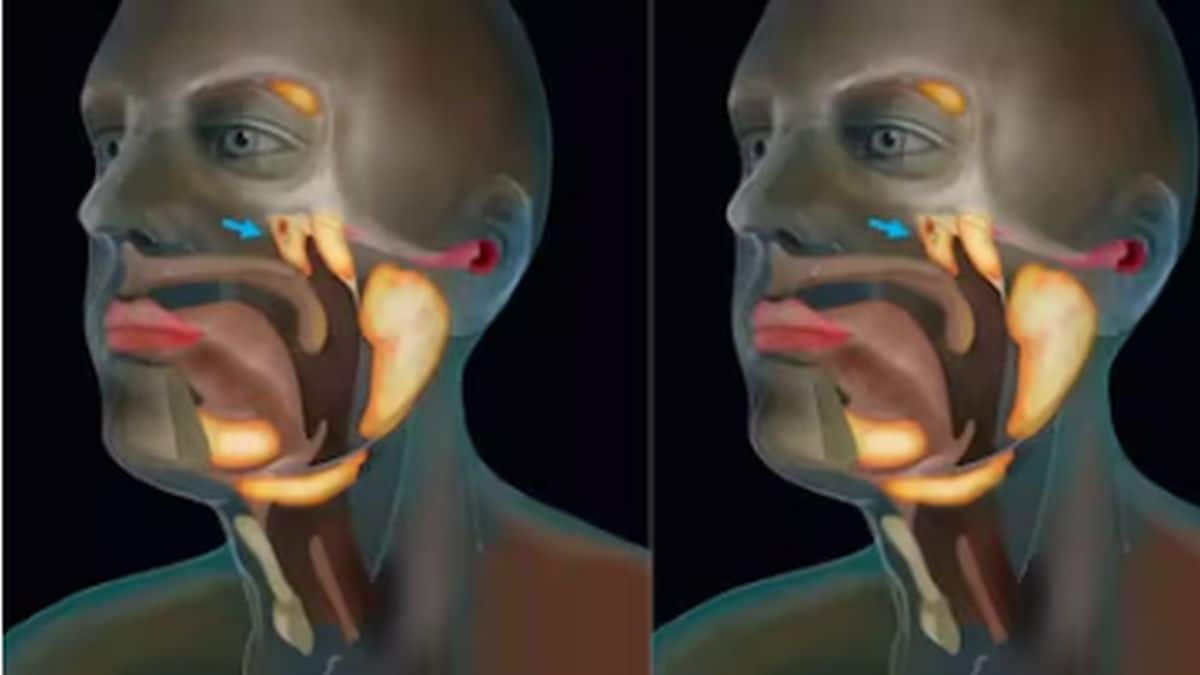It is increasingly difficult to imagine life without smartphones. You might find yourself getting lost all the time, you wouldn’t be able to order food on-the-go or call a cab, you wouldn’t be able to keep in touch with all of your friends and you wouldn’t know where to look when curiosity strikes - or, for that matter, in an awkward situation. We think it’s fair to say that it is a challenge to stay up to date and relevant without your smartphone these days. [caption id=“attachment_7758981” align=“alignleft” width=“380”]  Representational image. Image source: Getty Images.[/caption] But just because they’re an important part of our daily lives doesn’t mean we don’t acknowledge their dangers. They don’t just monopolize your time and attention but are also associated with back and neck injuries. Cellphones can also transport germs, lead to issues with vision and cause headaches from excessive use. Let’s take a deeper dive:
1. Neck and back injuries
A study published in JAMA last week looked at whether increasing cell phone usage was associated with an increase in head and neck injuries. The retrospective cross-sectional studies that examined 2,500 head injury cases from over 100 hospitals found that the rate of head injuries caused by cellphones have steadily increased since the year 2000. Using inferential statistics from the representative data, it would amount to over 76,000 cases in the US alone since 2000. It should be noted that the data from the study can only make claims about the US since only US hospitals were looked at. Injuries caused by cell phones include direct accidents with phones (such as the phone falling on the face or an exploding battery) and indirect injuries caused by distraction (texting while driving, for example). Interestingly, 47% of the cases were direct injuries and 53% were due to indirect causes. Perhaps predictably, there were significant differences between age groups. About 60% of injuries in the 13-29 age group were due to distraction. For those under 13, 82% of the cases were direct injury. In the older age groups (i.e 50 years and above) indirect injuries were more common. Thankfully, most cases involved a straightforward medical resolution since a majority of injuries involved lacerations and abrasions and only 18% were cases of traumatic brain injury.
2. Computer vision syndrome
Many studies have been conducted to ascertain exactly how much time we spend on our cellphones and they all suggest that an average person spends about 3-4 hours on their phones - daily. Some of the latest software updates will also track your screen time so you can keep a track of this number. The constant strain on the eyes to focus on your handheld devices for so long can cause stinging eyes, sensitivity to light and eventually lead to blurred vision. The fact that we are always in front of a screen makes us extremely vulnerable to these problems.
3. Carrier of germs
A University of London study carried out in 2001 found that 1 in 6 mobile phones had faecal matter on their surface. This may be because some users don’t wash their hands after going to the toilet. E. Coli present in the faecal matter can lead to diarrhoea and fever. There is also a possibility of contracting skin infections depending on the kind of germs your phone carries.
4. Sleep problems
A hormone called melatonin regulates your sleep cycle. When you’re exposed to blue light, which is emitted by cellphones, the melatonin production in your body becomes restricted. This causes disrupted sleep and over time, may lead to more serious sleep problems. It is a good idea to turn off all sources of blue light (including televisions, tablets, laptops, etc) at least 30 minutes before you sleep.
5. Issues with your fingers
Trigger finger (or trigger thumb) occurs when a finger gets locked in a bent position because of swelling and inflammation of the tendon. This injury occurs mostly due to overuse, trauma or lifting something heavy. The repetitive motion of texting and gaming can easily lead to this problem. While cell phones are truly life-changing and remarkable, it is important to use them as they were intended. If you find that you are spending more time on your phone than you intend to, try keeping it away for some parts of the day. And certainly don’t ever text or be on your phone in any manner while you’re driving and walking on a busy street. For more information, read our article on Thumb Pain_._ Health articles in Firstpost are written by myUpchar.com, India’s first and biggest resource for verified medical information. At myUpchar, researchers and journalists work with doctors to bring you information on all things health.


)

)
)
)
)
)
)
)
)



